What generative AI art means for creativity
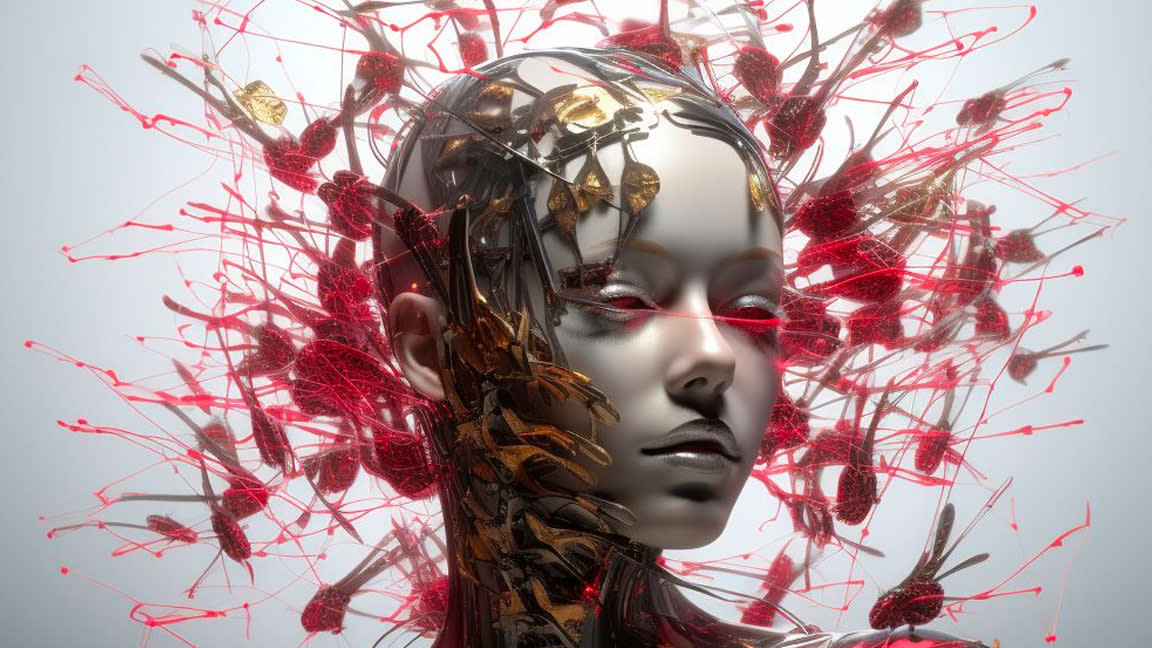
As generative AI takes centre stage it's easy to view this as a decline in creativity. After all, how imaginative does an artist need to be if their work boils down to a few text prompts in Midjourney?
This is a fair criticism of how many see and use AI in art, as a kind of shortcut to creativity, with many artists names and styles being co-opted and abused. But the bigger picture is art has always been about embracing new techniques and technology, and perhaps generative AI art should be viewed through this lens. (Read our piece 'What is AI art?' for more details.)
One artists used to treading the line between merging technology and tradition is Paul Dowling, a 'hyper-creative innovator at the intersection of art and technology' reads his LinkedIn page, and he's not holding back. Dowling has been involved in AI startups for a decade, including projects in quantum computing, Web 3.0 and machine learning, and runs Factory 3.0 in London as well as courses on Creative Coding at the University of the Arts London.
This as the first time in history where technology has really become integral to creating art
Art has undergone significant transformations throughout history, but for Dowling the current upheaval we're seeing with generative AI and web 3 is akin to the discovery of paint. I met Dowling at this summer's London AI Summit where we got to talking about AI art, and whether it's actually a real thing.
"I characterise this as the first time in history where technology has really become integral to creating art, in the sense that, particularly with web 3 and the ability to monetise digital art, create rarity and value." Dowling says, adding: "I think this is the first time since we've had a tech revolution, since [the invention of] computers, that this is the moment where suddenly creativity and art become super important to tech landscape."
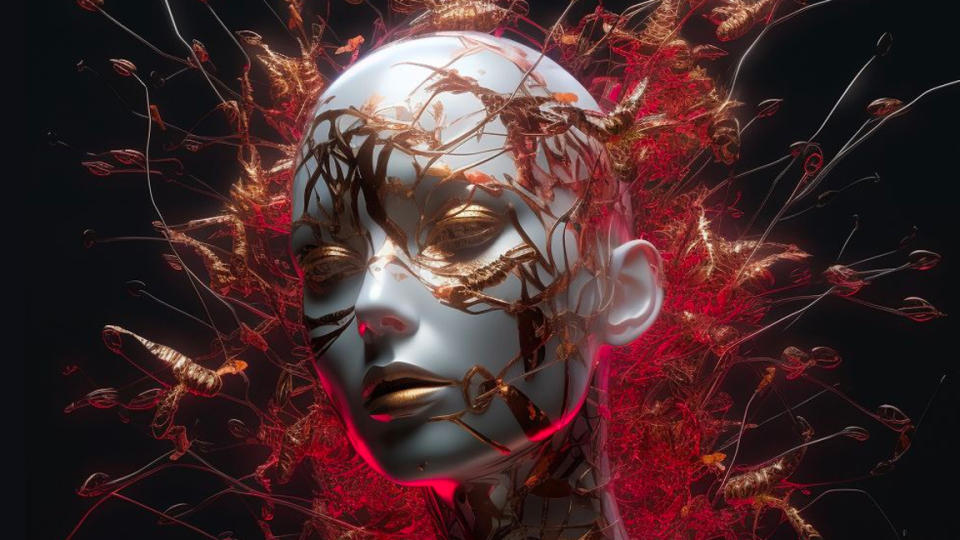
Dowling suggests that this newfound importance of creativity is akin to breathing life into the advanced technological tools that AI offers, rather that the other way around. AI won't replace artists or the creative process, because the human impetus needs to exist to harness the new technology.
"We need more and more art and assets. It's no good having all these great tools if there's not a layer of creative people to unleash them," he says, predicting AI will be a game-changer in the art world, particularly when it comes to large corporates. Dowling tells me how large studios could struggle against nimble indies that embrace AI.
"The corporate world has really always been anti-creativity, and I think, in a sense, anti-innovation," he says. "I think that the newcomers, the startups, are just going to be lightyears ahead within nanoseconds. So corporates have got to somehow think about how they get themselves into this world of AI, you know, this crazy stuff they don't really understand."
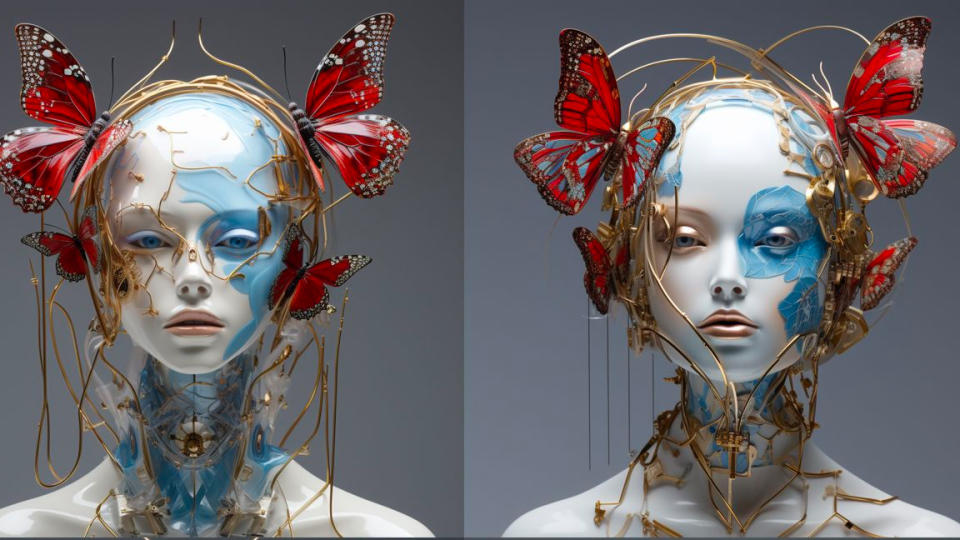
For Dowling, those that grapple with using AI could get ahead. But the ease of creating AI-generated art poses both opportunities and challenges for artists. On the one hand, it facilitates the creation of art at an unprecedented pace, but on the other hand, it raises concerns about the authenticity and originality of the work.
The integration of AI in art raises questions about copyright and ownership. Dowling suggests that while some incumbent artists may worry about losing control over their creations, but the Web 3.0 and open-source nature of AI art could lead to a more collaborative and shared environment. He tells me, "I think the only people who are really worried are people who somehow feel they've got a billion or million pounds worth of value [in their art]."
Set against this 'open source' idea, and considering AI tools can mimic the style of famous artists, and the Greg Rutowksi case demonstrates how an artist's very name can become a prompt, the idea of being creative with AI is still a hard sell. Even Dowling takes time to emphasize that true artistry lies in originality and creative expression.
"It's literally people being quite lazy," he says, telling me it's people wanting to make a painting like something they've seen. He contends that replicating styles, although not inherently bad, can lead to generic and unremarkable results. And copying an artist's style is not new, it's how all artist's learn.
"Believe me, even as an artist, copying styles is not hard," says Dowling. Explaining how he could copy a Banksy but it will be a bad imitation of Banksy, "Nobody is going to go and buy it for a million pounds," he quips.
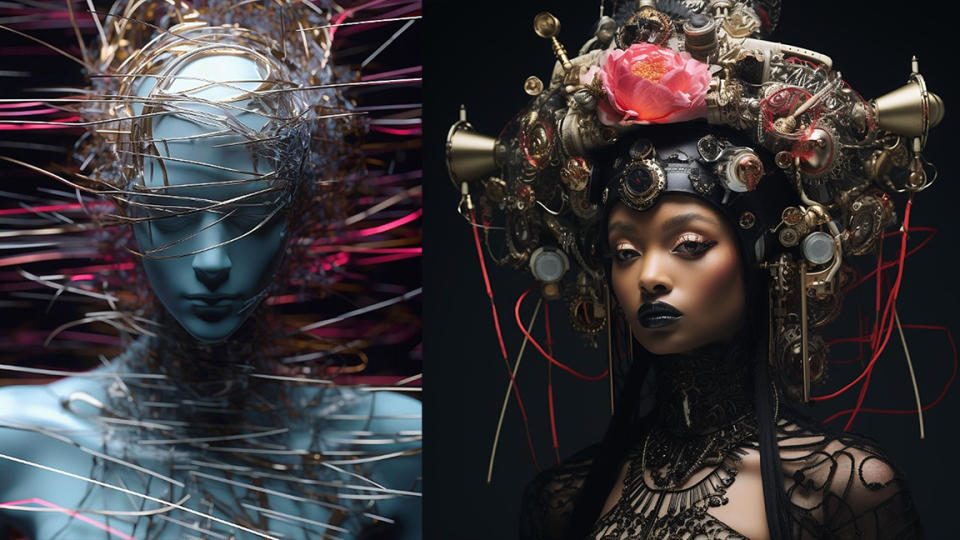
Applied to AI generated art, Dowling is clear people, art lovers and collectors, will always have the final say on if something is creative and worthwhile: "It's almost like self regulating, because unless you create something that's new, you're going to get found out and you haven't created art with value."
With the sheer scale of digital content being created today, most creative works can quickly become lost in this bewildering volume of information. Dowling notes that a majority of creative work may only be glanced at and disregarded as uninteresting. In such a digital landscape, the importance of standing out and capturing an audience's attention becomes paramount for artists.
He doesn't hold back about the state of a lot of generative art and where it could lead: "99% of creative work will just be scrolling through artworks by people and that you think are boring."
According to an Everypixel study Stable Diffusion, Adobe Firefly, Midjourney and DALLE-2 have been responsible for over 15 billion AI-created images in the last year and a half. Against this scale artists are going to need to stand out and learn new ways to be creative. For Dowling this will come down to personal branding, because jus updating your feed with new images isn't good enough. "People will probably just glaze over when they see this," he says.
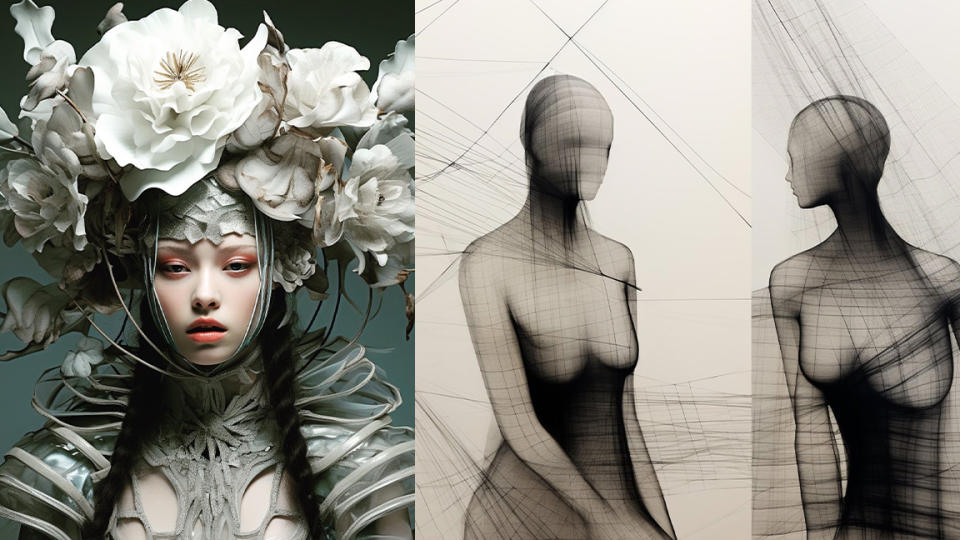
The new creator economy, Dowling believes, will be won by artists who go beyond merely producing art. They must also push their opinions, styles and predictions to create a unique brand that resonates with an audience. This personal branding, combined with the experience economy, will enable artists to connect with their audience on a deeper level.
Dowling views art as a powerful medium for reflection and thought-provocation. He suggests that art plays a vital role in society by encouraging individuals to think differently and explore alternative perspectives. In this sense, AI-generated art can become a reflection of both current and future societies, offering fresh insights and creative interpretations.
Dowling's perspective highlights the potential of AI in augmenting artistic expression while emphasising the significance of originality
"A big chunk of art is always going to be a reflection of society," he tells me. "That's what I think art does. [Art reflects] society and makes people think about it in a slightly different way, and probably a slightly more interesting way, to how they would go through life."
The rise of AI art marks a turning point in the history of creativity, as artists and technology intertwine to shape a new artistic landscape. Dowling's perspective highlights the potential of AI in augmenting artistic expression while emphasising the significance of originality and personal branding. As AI continues to advance, it holds the promise of democratising art and fostering a more collaborative and inclusive artistic ecosystem.
The fusion of technology and art invites us to explore new possibilities and reimagine the boundaries of creativity in the digital age. But this comes with warnings, as artists struggle to protect their work and copyright law becomes more outdated, the Book An Artist AI survey revealed 89% of artists want copyright laws updated, the real value and creativity in AI art remains on a knife edge.

